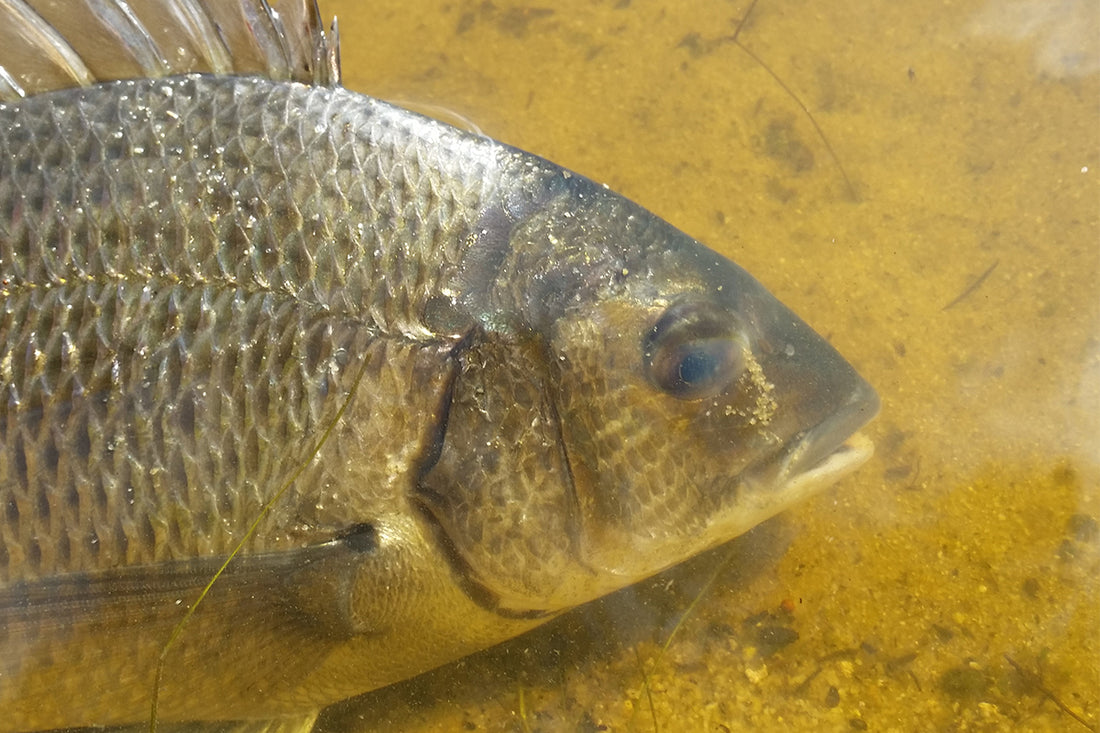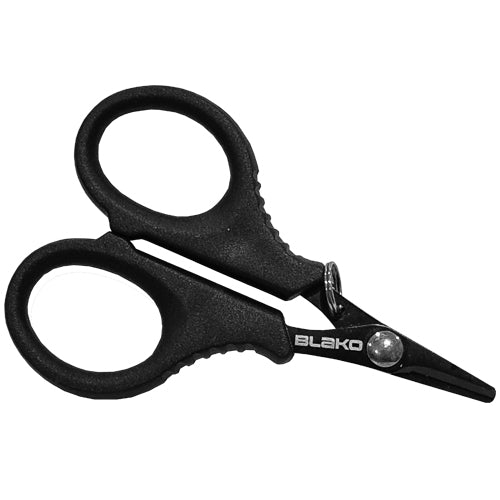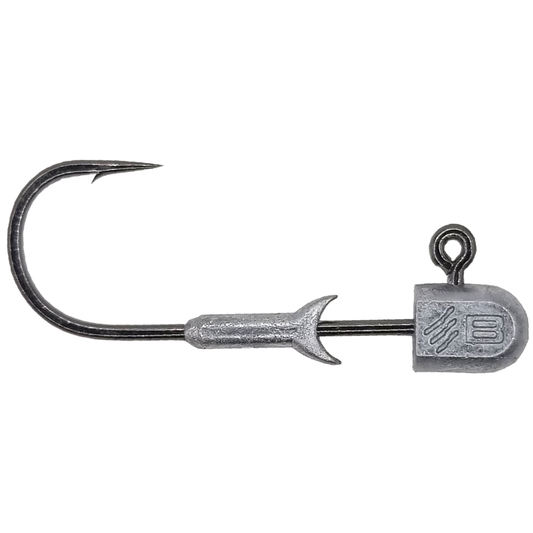
What Bream Eat
Share
A Guide to What Bream Eat: Uncovering the Diet of One of Australia’s Favorite Fish
Bream is one of Australia’s most popular fish species, loved by anglers of all ages for its accessibility, challenging fights, and delicious flavor. But to catch bream successfully, you need to know what they eat, where they find their food, and how their diet changes depending on their environment. This article delves deep into the diet of the bream, breaking down the types of food they consume and explaining where to find bream based on their feeding habits.
What Are Bream?
Bream refers to several species within the Sparidae family, with the most popular in Australian waters being the black bream (*Acanthopagrus butcheri*) and the yellowfin bream (*Acanthopagrus australis*). These species are found in various habitats along the Australian coast, including rivers, estuaries, and bays. Known for their adaptability, bream are opportunistic feeders, consuming a wide variety of foods depending on the habitat and seasonal availability.
Understanding the Diet of Bream
Bream are omnivorous, meaning they eat both plant and animal matter. However, their diet largely consists of animal-based foods like crustaceans, mollusks, and small fish. Below, we dive into each food type and discuss its appeal to bream.
Crustaceans
Crustaceans are a staple in the bream’s diet. These include small crabs, shrimp, and prawns. Bream have powerful, crushing teeth, which allow them to break through the hard shells of crustaceans and access the nutrient-rich meat inside.
Where to Find Them: Bream are often found around rock pools, riverbeds, and coastal estuaries where crustaceans are abundant. In sandy or muddy areas, bream may burrow slightly or sift through the substrate to locate crabs and prawns hiding below.
Mollusks
Another favorite among bream is mollusks, particularly shellfish like mussels, clams, and oysters. Their shell-crushing teeth make bream efficient predators of mollusks, and these shellfish offer a high-protein meal that supports the bream’s growth and health.
Where to Find Them: Look for bream feeding around rocky outcrops, reefs, and oyster beds. Estuaries and river mouths with rocky structures and underwater vegetation are common areas where mollusks thrive, providing bream with a ready food source.
Small Fish and Fry
Although not a primary source of food, bream will eat small fish and fry when available, especially when other food sources are scarce. They may target baitfish like anchovies or juvenile species swimming in shallow waters.
Where to Find Them: You can spot bream hunting small fish in shallow water, near mangroves, or in brackish estuaries. Early mornings and late evenings are prime times when bream move in to hunt smaller fish near the water’s edge.
Worms
Worms are also a part of a bream’s diet, particularly those found in the substrate like sand worms or blood worms. These provide essential nutrients and are a great source of energy for bream.
Where to Find Them: Bream can be seen rooting through sandy or muddy substrates in search of worms. Look for them near riverbeds, sandbanks, and shallow estuaries where worms are more likely to be present.
The Influence of Habitat on Bream Diet
Bream are found in diverse habitats, from coastal waters and estuaries to rivers and lakes. Their diet changes based on the environment, making them versatile feeders.
Estuaries and River Mouths
Estuaries and river mouths are popular habitats for bream, as they provide a mix of salt and freshwater, bringing a variety of food sources. In these environments, bream can find an abundance of crustaceans, mollusks, worms, and small fish. Estuaries also have underwater vegetation, making it easy for bream to access algae when needed.
Hot Spots: Look for bream around rocky outcrops, mangroves, and areas with abundant vegetation. Estuaries near towns or cities may have artificial structures like jetties, which attract bream as they provide shelter and are often home to crustaceans and baitfish.
Rocky Reefs and Coastal Bays
Rocky reefs and coastal bays offer bream access to a mix of food sources, such as crustaceans, mollusks, and algae. The rocky environment also attracts small fish, which bream will feed on when available.
Hot Spots: Popular areas include reefs with abundant shellfish and crustaceans. Coastal bays with a combination of sand and rocky substrate are excellent for finding bream feeding on mollusks and crustaceans.
Rivers and Estuary / Lakes
In rivers and lakes, bream rely on worms, insects, and any available crustaceans. River habitats with sandy or muddy beds are ideal for bream looking to forage for worms and burrowing crustaceans.
Hot Spots: Look for bream near river bends, sandbanks, and areas where there is vegetation or sunken logs. These provide both food sources and shelter, making them perfect locations for bream.
Understanding the diet of bream is key to becoming a successful angler. Bream are adaptable feeders, consuming crustaceans, mollusks, small fish, worms, and algae depending on the habitat and season. By knowing what bream eat and where to find them, you can improve your fishing strategy and increase your chances of landing a catch. Remember to respect the environment and practice sustainable fishing so that future generations can enjoy the thrill of catching bream in Australia’s beautiful waterways.







